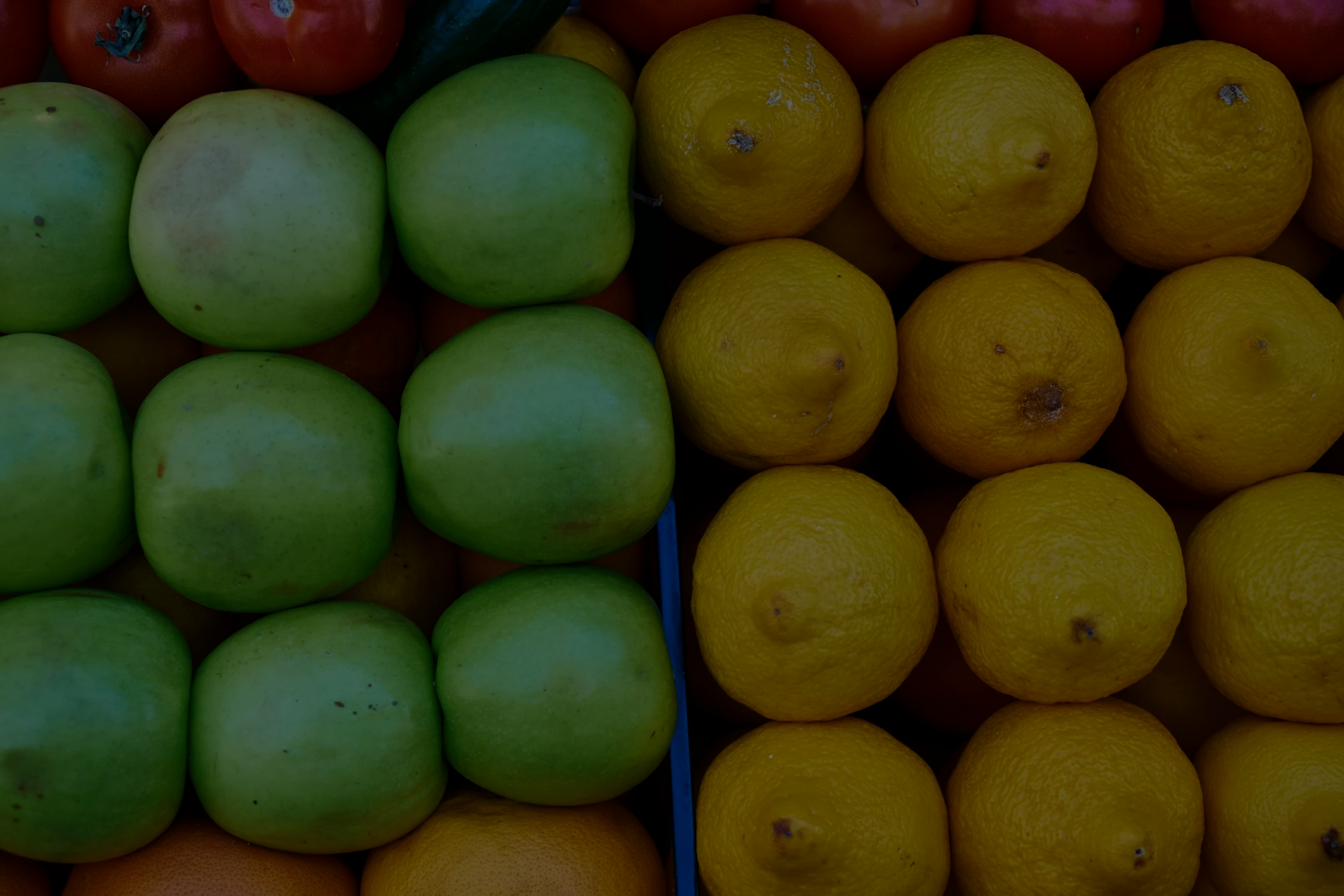
COSMETIC WASTE
Cosmetic food waste refers to edible food that is discarded due to its appearance, even though it is still safe and nutritious to consume. This type of waste often involves imperfectly shaped or blemished fruits, vegetables, or items with minor cosmetic flaws such as bruises, discoloured spots, or irregular shapes. Despite being perfectly edible, these foods are often rejected by consumers, retailers, or food processors due to aesthetic preferences or market standards that prioritize appearance over quality.Cosmetic food waste contributes significantly to global food waste, as large quantities of perfectly good food are discarded solely based on appearance. Solutions to combat this include encouraging consumers to buy imperfect produce, redistributing blemished food to food banks, and adopting "ugly" food initiatives in restaurants and markets to reduce the stigma surrounding imperfect items.
Cosmetic Waste is cause by ?
-

Aesthetic Standards
Consumers, retailers, and food processors often reject food that doesn't meet specific visual standards, such as fruits or vegetables with bruises, irregular shapes, or blemishes.
-

Market Demand
The demand for visually perfect produce in supermarkets and restaurants leads to the rejection of imperfect items, even though they are safe and nutritious to eat.
-

Consumer Preferences parts
People tend to prefer food that looks perfect, often choosing items based on appearance rather than taste or nutrition. This preference for visually appealing food leads to significant cosmetic food waste, both at home and in stores

SOLUTION
To reduce cosmetic food waste, several solutions can be implemented. Encouraging the purchase of imperfect produce through campaigns or special discounts can help change consumer attitudes, making them more accepting of visually imperfect items. Food redistribution initiatives can redirect cosmetically imperfect food to food banks or charities, ensuring that perfectly edible food reaches those in need. Awareness campaigns can educate consumers on the nutritional value and safety of imperfect food, shifting the focus from appearance to taste and quality. Food manufacturers can also find ways to use imperfect produce in products like juices, soups, or sauces. Additionally, restaurants and markets can feature or sell imperfect produce, demonstrating that food's worth isn’t determined by its appearance. These efforts can collectively reduce unnecessary food waste and its environmental impact.
Learn more about the different food waste








